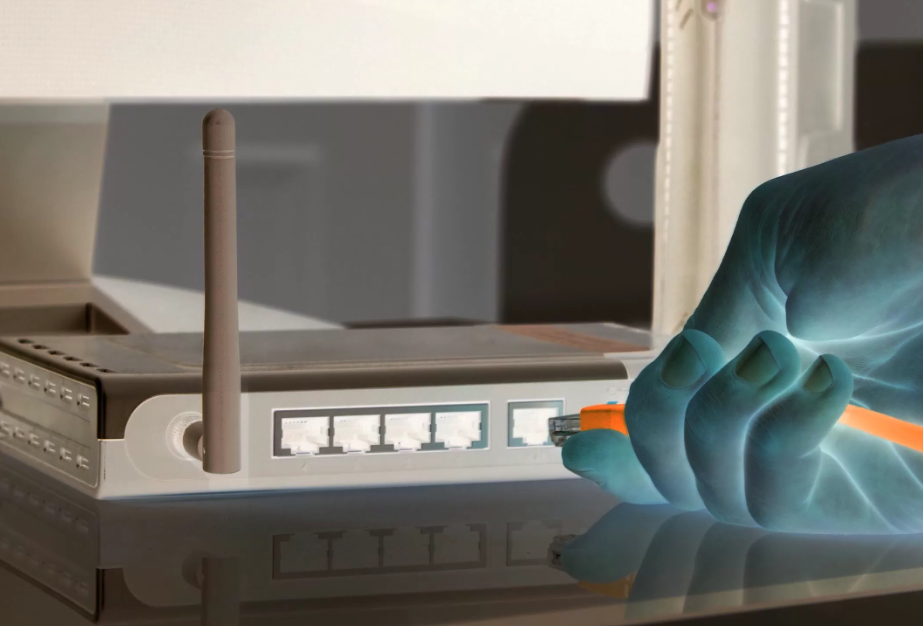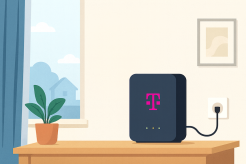Guide to a Network Lag Switch: What is it and how does it work?

A lag switch is a piece of equipment that momentarily slows the flow of traffic to the internet mounted on a home network. The physical toggle can be turned on in an online gaming sense to delay gameplay to give the upper hand to the lag switcher.
How does Network Lag Switch work?
If the opponent bounces around on the screen as you fire at the player, one example that means a lag switch is being used. Or maybe, from point-blank shots, the character appears invisible and totally unscathed.
It runs on a short-timer when a lag switch is triggered, which normally lasts a few seconds. It effectively blocks all network traffic between the gaming laptop or console and the internet during this period.
Since the game admits the internet of the user is down, the player appears to be paused and unresponsive. The game doesn't throw the user out, however, because it assumes that the link will restart soon. The user will, however, can play locally during this time.
The local computer re-syncs with the online game when the lag turn timer expires, which appears to opponents in a sudden burst.
What it looks like
A small Ethernet system where either the orange or green wire of a CAT5 cable has been spliced onto a push button or other physical switch is the simple hardware lag switch.
This system is connected from the home network router to the game device (typically a PC or console).
Other Kind of Lag Switches
Some video game consoles have a built-in detector to detect lag switches in hardware through a voltage indicator that knows when the switch has been flipped. There are other ways, however, to simulate an Internet connection failure that functions just like a physical lag switch.
Unplugging the network cable for a few seconds, for instance, disrupts the traffic flow to the extent where the game does not synchronize with the internet. It is an innocent way to lag without using a lag switch, just like using a lag switch, removing the Ethernet cable long enough, and then re-attaching it.
Software-based lag switches are also available that use a program to overload the local network with so much information that the bandwidth is almost used up. This is close to the Ethernet cable is disconnected or a lag switch is toggled. It can't be used for too long, though or the game will presume that the player is not coming back and will disconnect them from the game.
Related Posts

Wed, Nov 19, 2025 11:05 PM
Internet BundlesWhat to Do If Your Local Internet Provider Keeps Buffering
Is your local internet provider constantly buffering? Learn the real reasons behind slow streaming and how to fix or prevent buffering for good.

Wed, Nov 19, 2025 10:57 PM
Broadband InstallationHow to Set Up T-Mobile 5G Home Internet
Learn how to set up T-Mobile 5G Home Internet with a step-by-step guide. Includes placement tips, activation steps, speed testing, and troubleshooting advice.

Tue, Nov 18, 2025 10:07 PM
RegulationsKinetic by Windstream Data Caps: What You Really Need to Know
Get the facts about Windstream data caps, how they work, what limits apply, and what this means for your internet usage. Learn whether Windstream truly offers unlimited data and what to expect.

Mon, Nov 17, 2025 9:47 PM
cheap internet dealsCheap Internet Providers in New York | Best Affordable Plans
Find the best cheap internet providers in New York. Compare reliable, budget-friendly plans and get fast service at the lowest rates near you.

Mon, Nov 17, 2025 6:02 PM
Internet BundlesChoosing the Best Type of Internet for your Business
Discover how to choose the best internet for your business. Compare cable, DSL, fiber, satellite, and wireless options to find the right connection for speed, reliability, and growth.